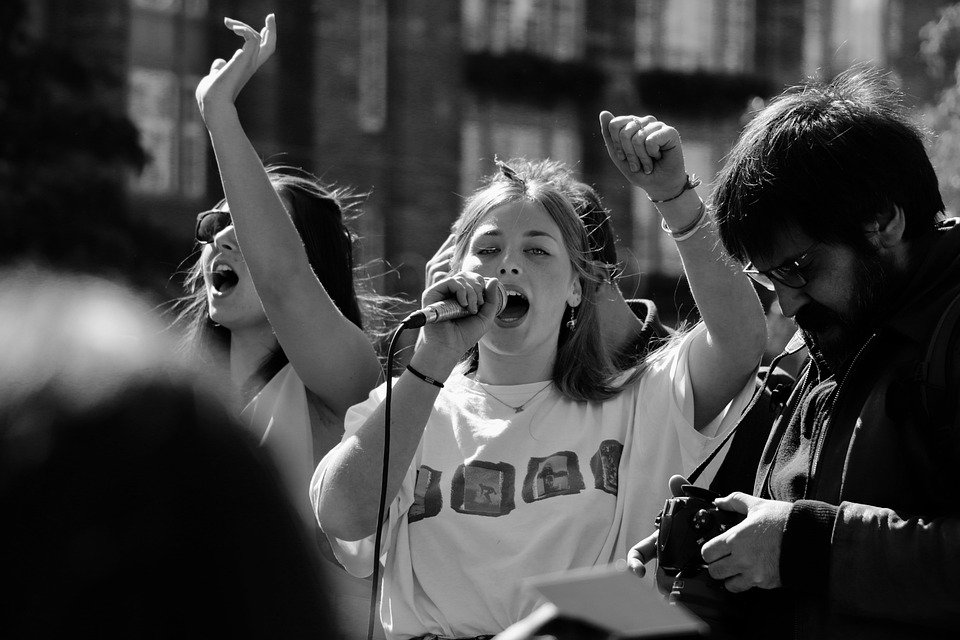As the Supreme Court of the United States (SCOTUS) prepares to tackle a new term, the stakes are higher than ever. This session promises to be one marked by deep-seated ideological divides, and the outcomes of several key cases could have lasting implications for American law and society. Here, we delve into some of the most controversial cases on the docket, examining their potential impact on civil rights, federal authority, and social norms.
Highlights of the Term
1. Affirmative Action in Higher Education
One of the most closely watched cases involves affirmative action policies at universities across the nation, particularly challenges against Harvard University and the University of North Carolina. Advocates argue that affirmative action is vital for ensuring diversity on campus, enriching the educational experience. Opponents contend that such policies amount to reverse discrimination, erecting barriers for applicants from non-minority backgrounds.
The Court’s decision could reshape admissions processes at institutions nationwide, potentially ending a practice that has been upheld for decades. This case raises fundamental questions about equality, fairness, and the role of race in helping shape a diverse academic community.
2. Religious Freedom vs. Anti-Discrimination Laws
Another high-profile case center on the balance between religious freedom and anti-discrimination laws. The Court will examine a dispute involving a web designer who refuses to create websites for same-sex weddings, citing her religious beliefs. This case tests the limits of the First Amendment and raises questions about what constitutes protected speech versus unlawful discrimination.
The decision may set precedents that either bolster religious exemptions or strengthen anti-discrimination protections, igniting a broader conversation about the intersection of faith and equality in an increasingly pluralistic society.
3. Voting Rights and Election Integrity
In a time when voting access and election integrity are hotly debated subjects, the Court will consider cases regarding gerrymandering and the Voting Rights Act. The 2024 presidential election looms in the background, and the Court’s rulings could determine how states draw electoral districts, how voter ID laws are enforced, and the degree to which minority voters can challenge restrictive laws.
These decisions may not only influence the upcoming election but also shape the future of voting rights in America, highlighting the ongoing struggle for equitable representation in a diverse democracy.
4. Environmental Regulation
Environmental issues have also found their way into the Court’s agenda, with cases challenging federal regulations on air and water quality. The Biden administration is pushing for stricter environmental protections to combat climate change, while opponents argue these regulations hinder economic growth.
The Supreme Court’s rulings in these cases could clarify the balance of power between federal and state governments in regulating environmental standards, impacting policies aimed at addressing climate change for years to come.
5. Second Amendment Rights
The right to bear arms continues to be a divisive issue in the United States, and the Supreme Court’s forthcoming decisions on gun control laws are poised to reverberate throughout the country. The Court will hear challenges related to concealed carry laws and restrictions on certain types of firearms, which could either bolster or undermine states’ ability to regulate gun ownership.
Given the ongoing national discourse on gun violence and public safety, how the Court interprets the Second Amendment could have far-reaching consequences for gun laws and their enforcement.
Conclusion: A Term of Consequences
As SCOTUS returns for another term, the multitude of contentious cases on the docket places the Court at a critical juncture in American constitutional law. The implications of these cases extend beyond legal precedents; they resonate deeply within the fabric of American society, shaping norms, policies, and the everyday lives of citizens.
With the potential to significantly alter fundamental rights and liberties, this term will undoubtedly leave an indelible mark on the historical landscape of the Supreme Court. Legal experts, advocates, and the public alike will be watching closely as the Court navigates these constitutional crossroads, balancing competing rights, values, and interpretations of the law. The decisions made in the coming months may well define not just the present, but the future of the nation.


